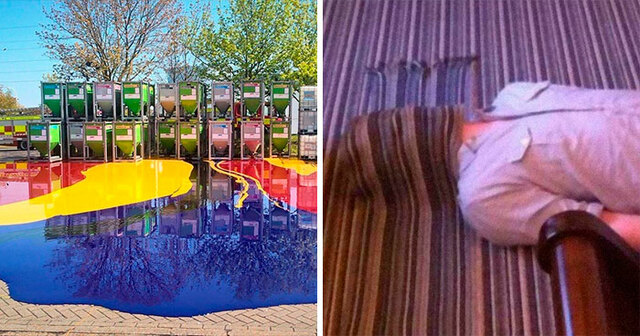What you need to know about coronavirus (COVID-19)
COVID-19 is a respiratory illness caused by a new virus. Symptoms include fever, coughing, a sore throat and shortness of breath. The virus can spread from person to person, but good hygiene can prevent infection. Find out who is at risk and what you should do if you think you have COVID-19.
What is COVID-19
Coronaviruses are a large family of viruses that cause respiratory infections. These can range from the common cold to more serious diseases.
COVID-19 is a disease caused by a new form of coronavirus. It was first reported in December 2019 in Wuhan City in China.
Symptoms
Symptoms of COVID-19 can range from mild illness to pneumonia. Some people will recover easily, and others may get very sick very quickly.
People with coronavirus may experience:
- fever
- symptoms such as coughing, a sore throat and fatigue
- shortness of breath
How it spreads
The virus can spread from person to person through:
- close contact with an infectious person (including in the 24 hours before they had symptoms)
- contact with droplets from an infected person’s cough or sneeze
- touching objects or surfaces (like doorknobs or tables) that have droplets from an infected person, and then touching your mouth or face
COVID-19 is a new disease, so there is no existing immunity in our community. This means that COVID-19 could spread widely and quickly.
Who is most at risk
In Australia, the people most at risk of getting the virus are:
- travellers who have recently been overseas
- those who have been in close contact with someone who has been diagnosed with COVID-19
- people in correctional and detention facilities
- people in group residential settings
Protect yourself and others
Everyone must do the following things to slow the spread of COVID-19 and protect those who are most at risk.




